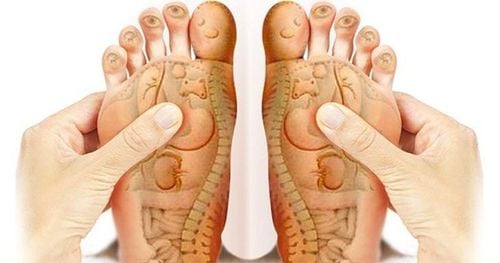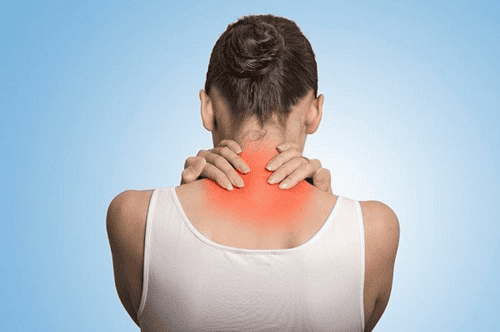This is an automatically translated article.
The article was written by Specialist Doctor I Nguyen Thi Phi Yen - Head of Palliative Care Unit, Radiation Oncology Center - Vinmec Times City International Hospital
Massage (or massage) is a form of support for cancer care and there is evidence for it. Many scientific studies show that simple practices can reduce symptom severity and reduce the side effects of treatment by half or more.
1. Notes during massage for cancer patients
Simple movements, easy to learn and easy to apply. The massage process is also a time when relatives and friends bring comfort to the patient and an opportunity to show care for each other.
It is important to note that massaging a person with cancer has something else to keep the patient safe and avoid complications. Specifically:
Remember that the goal is to provide comfort and relaxation, not to cure cancer. The patient is always clear about what feels good and what you want to do. Do not apply pressure when practicing massage. Be empathetic for each other, whether it is the caregiver or the patient. Do exercise regularly.
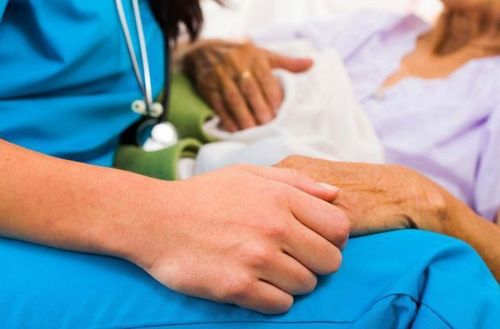
2. The two most important things to know about massage and cancer
There is always a safe way to give a simple massage (or massage) to cancer patients to create comfort and relaxation. Both cancer and cancer treatment create circumstances to which we must adapt.
3. Two "don'ts" in cancer massage
Leg. Do not massage the legs. Some cancer treatments can increase the chance of blood clots in the lower leg. If a person has a blood clot, exercising or massaging or pressing hard on the lower leg can cause the clot to move through the blood vessels and that can be dangerous. We can't always tell who has a blood clot or not, so it's best to be cautious not to massage your legs. However, it is possible to massage the feet
Arms . Do not massage the arm of someone who is experiencing lymphedema in one arm due to lymphadenectomy or radiation therapy to the lymph nodes under the arm. Lymphedema can also occur elsewhere in the body, so ask your doctor if you have this condition.
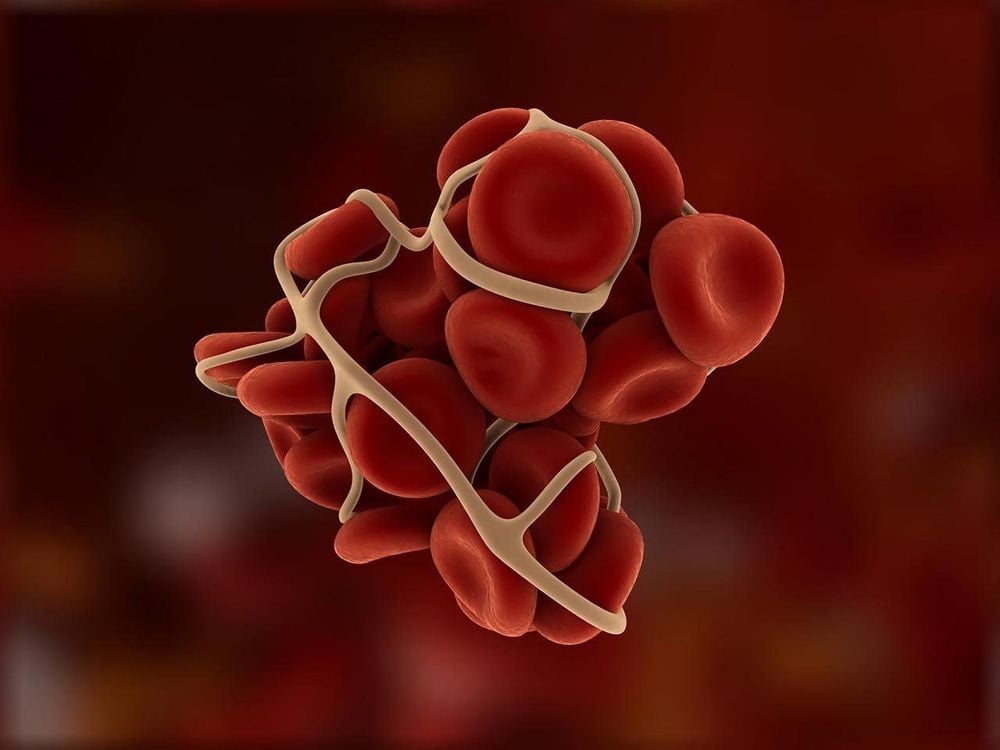
4. Understand the damage caused by cancer on the patient's body
4.1 About Fragile Bone Your doctor can help you determine the pressure and maneuvering precautions that apply to your condition. For example, some people with bone metastases are still encouraged to be active because their bones are still strong enough to carry out vigorous activities. Your doctor may also decide that most massage pressure is safe.
Others may have to limit their activity because certain bones are weak and vulnerable to fracture. They may also be told to move with extreme caution, to step cautiously from sidewalks or when descending stairs, or to avoid lifting or stretching.
In these cases, the doctor may restrict the massage to certain vulnerable areas, and apply pressure only with the same force as when applying lotion or just gently place the hand there. Massage pressure can be associated with activity restriction and your doctor will help decide what is best.
4.2 About lymphedema People at risk of or already suffering from lymphedema are sometimes advised to avoid pressing on swollen areas, to avoid taking blood pressure, sauna or hot tub baths, or to avoid wearing tight clothing, excessive muscle use or some other activity. If you experience these, pressure massage on the area should be avoided.
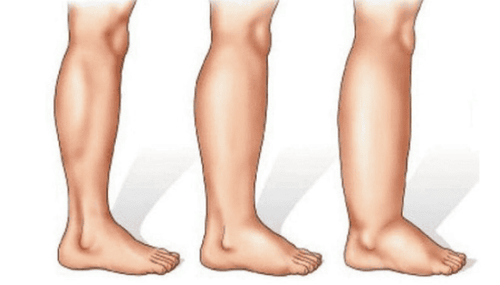
5. List of factors to limit massage for cancer patients
Hard tumor in the bone, abdomen, throat, muscle, or skin or any other area where the hand may be affected Places of certain or suspected bone metastasis, including the spine Where there is swelling or edema, lymphedema (both current and past) Any risk of lymphedema identified as a result of cancer or cancer treatment Part of the body that has had lymph node dissection or radiation therapy Armpit, groin, neck or jaw During fever Radiation treatment area Scars on skin New surgery area Medical equipment: Serum infusion tube, Chemical infusion chamber, Urine catheter, Oxygen mask, Tube fluid drainage, colostomy Weak or varicose veins throbbing, decreased, lost ) Easy bruising or bleeding ( low platelets , clotting disorders ...) Low white blood cell count ( neutropenia ) Body parts affecting vital organs (heart) , lung, kidney, liver, brain) Fatigue medics often have blood clots in the legs (due to cancer or cancer treatment) By learning these things together, carers and cancer patients join doctors in treating cancer.
Palliative care unit, Internal Oncology Department, Center for Oncology - Radiation Therapy, Vinmec Times City International Hospital is one of the reliable facilities in the treatment and palliative care for cancer patients. letters. With a team of doctors and nurses who are experts in the treatment and palliative care of cancer patients, it will help the life of terminal cancer patients become lighter and more meaningful.
Please dial HOTLINE for more information or register for an appointment HERE. Download MyVinmec app to make appointments faster and to manage your bookings easily.





